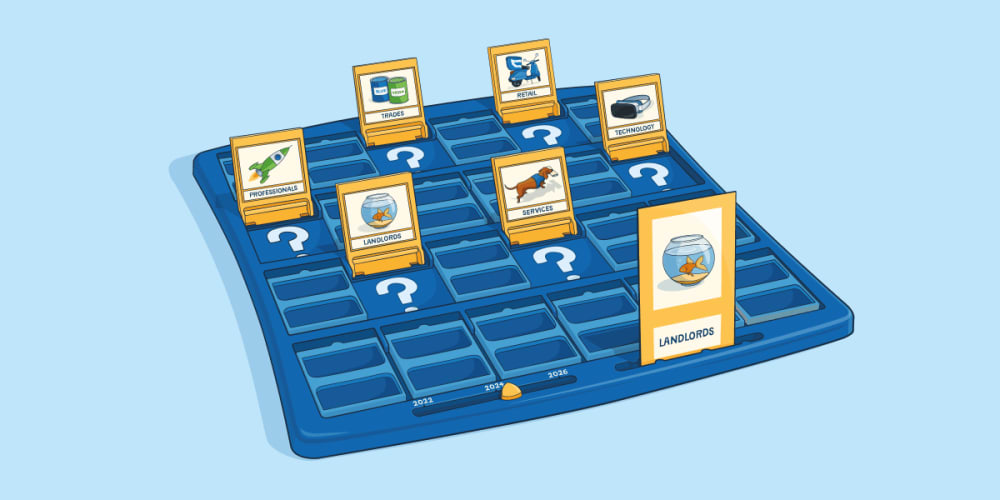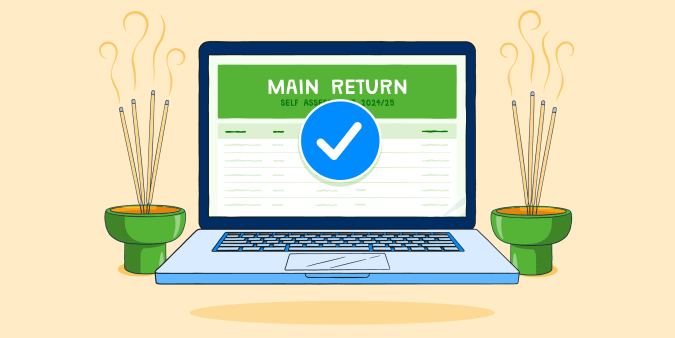A handy guide to segmenting your clients for MTD

Making Tax Digital for Income Tax Self Assessment (MTD for ITSA) and the next phase of MTD for VAT will transform the way your clients store and file their financial information. Many of them will need your help as they start using accounting software to keep digital records and make submissions to HMRC.
If you have a broad range of clients, a one-size-fits-all approach to introducing MTD might not work. To create an efficient support strategy that meets the needs of your clients, you can group them into segments based on their individual requirements.
We’ve put together some tips on segmentation that will help make the transition to MTD as smooth as possible for you and your clients.
The benefits of client segmentation
Grouping your clients into segments can provide you with a deeper understanding of the needs of your client base. This will help you tailor your approach and communications to suit each segment.
For example, one segment could contain landlord clients who will be affected by MTD for ITSA. Another segment could contain VAT-registered sole traders with turnover below the VAT threshold who will be affected by MTD for VAT for the first time from April 2022, and so on. By developing a dedicated strategy for each segment, you can create a standard process for each type of client.
Not only will this ensure that every client receives the right kind of support, it can also help you to streamline your workflow, plan your resources and build more effective communication strategies.
How to segment your client base
1. Get up-to-date info
Before you start, it’s a good idea to check that you have up-to-date information about each of your clients. A survey can be a useful way to get insights such as the number of employees each client has, whether they already use digital banking or accounting software and their communication preferences.
2. Collate your data
A spreadsheet can be useful for collating your client data. You could create columns for details such as their existing bookkeeping method, the number of employees they have and whether they use any apps for their business. Our handy spreadsheet template can help you segment your clients for MTD for VAT.
3. Consider client scoring
A scoring system can be a useful tool when creating segments. You could choose criteria that indicate how much support a client might need to migrate to accounting software, then attribute points to each client depending on how they fulfil those criteria.
For example, one of your criteria could be ‘confidence with technology’. A client who already uses online banking and several business apps on their smartphone would score highly. On the other hand, a client who keeps their accounts with pen and paper and does their banking in person would score lower, meaning they’re likely to require a higher level of assistance.
4. Analyse the results
Your client spreadsheet and scores will help you assess how well prepared your clients are for MTD and therefore how much resource will be needed to ensure a smooth transition to accounting software.
Your spreadsheet will also highlight what kind of software is most appropriate to your clients and their businesses based on factors such as their industry and number of employees. By ensuring that you’ve selected the best software for each client’s needs, you can get your practice and clients off to a flying start with MTD and avoid confusion further down the line.
5. Plan your workflow
Once you have your client segments in place, you can plan how to introduce each group to MTD and migrate them to your chosen accounting software. You may want to begin with the group you’ve identified as being the easiest to migrate, as this will give you some practice with the process.
You can then begin building a strategy for each of the other segments and develop communications plans that will keep your clients engaged and ensure they have all the information they need. Your plan could include one-to-one calls, video meetings, webinars or events, depending on your clients’ requirements and your available resources.
If you’d like more help and advice on preparing your practice for Making Tax Digital, you can arrange a free consultation with one of our MTD experts who will help you build a tailored action plan.


